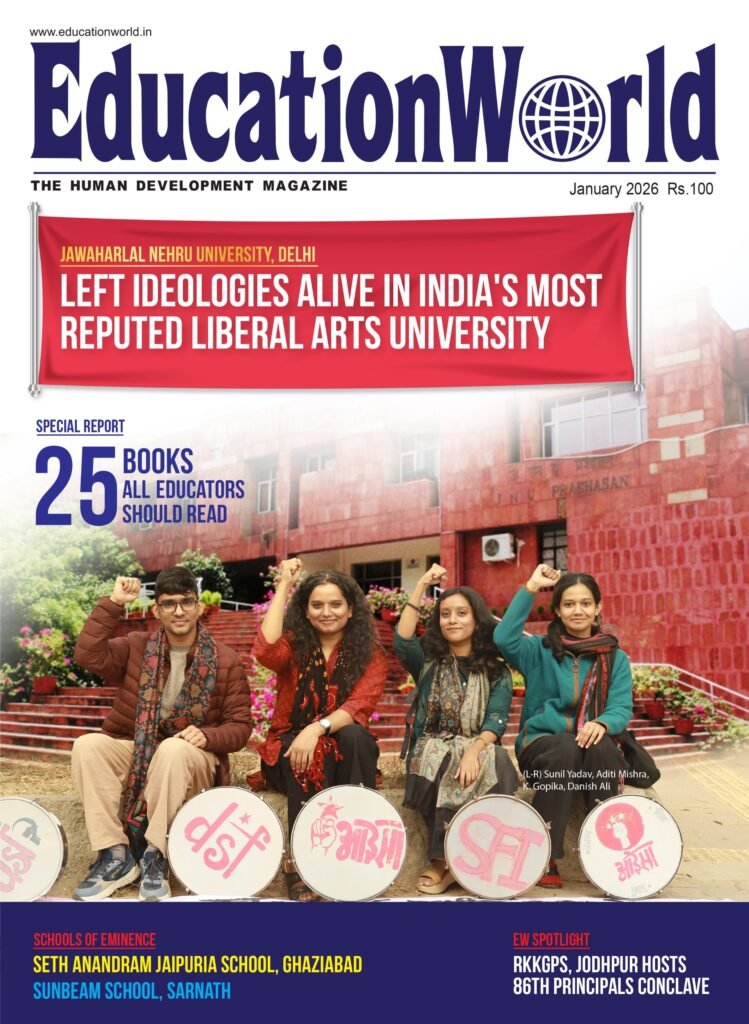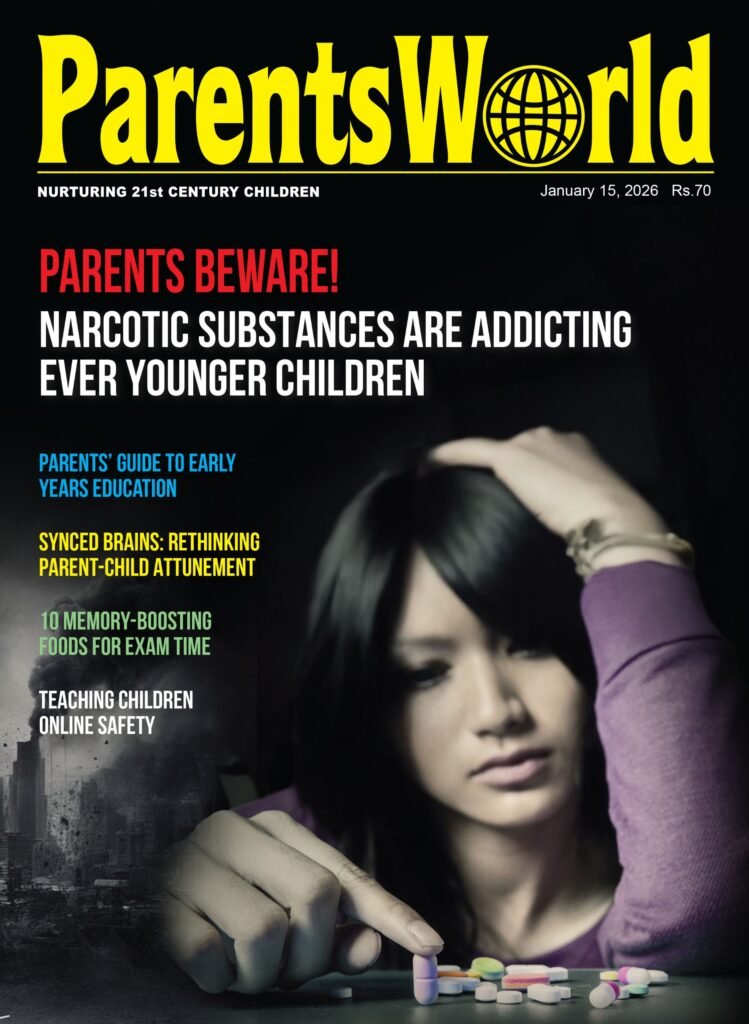No products in the cart.
Curriculum redesign experiment
Rows of students with bored faces, struggling to absorb yet another method of calculating HCF which the maths teacher is trying to explain. Many of the children silently wondering why they have to learn it in the first place. That’s a typical classroom scenario.
Cut to another scene nearby. Students running around in a playground, not in the recess, but during science class. They are playing a game designed to enable them understand the food chain better. Children, representing different animals are stalking each other, subtly developing an understanding of how an increase or decrease in the number of one species affects other animals.
These scenarios could be of two contrasting schools with totally different philosophies. In reality, these are ‘before’ and ‘after’ scenes in a school in Madurai, which since 2003 has introduced an experimental programme for curriculum improvement in co-ordination with the Ahmedabad-based Educational Initiatives (EI).
‘Have you understood?’ is an oft heard query in classrooms. Student response to this question tends to be mechanical and meaningless, as the question itself is perfunctory. Ensuring real understanding requires much more than that. What does ‘understanding’ really mean? How can educators design study courses that develop and deepen student under-standing, even while a clear and continuous assessment process informs them of the extent and depth to which learning has taken place?
The management of the aforementioned school in Madurai had the vision to recognise this challenge, and decided to do something about it. Experience had shown them that short-term training programmes have no real impact; therefore they opted for a long-term (three years) association with EI. Under a curriculum development and enrichment agreement, a team of resource persons from EI was deployed to work closely with the school’s teachers and students, to revamp the curriculum in all academic subjects grade by grade.
The framework chosen for the exercise was christened ‘Understanding by design’ — a planning concept that requires educators to ask three basic questions: What is worthy of understanding? What is the evidence of understanding? What learning experiences will promote real understanding?
The answer to the first question helped teachers define and prioritise the goals of teaching; the second helped them set a clear assessment plan to determine whether those goals were achieved, and the third assisted in planning instruction. While the school’s teachers faced certain constraints like having to work with textbooks and a set amount of rigid testing prescribed by an external examination board, they strived for a complete overhaul of classroom transactions and overall assessment.
Planning was the first and easiest step in the whole process. The main challenge for teachers was to jettison the traditional ‘chalk and talk’ teaching methodology. In the Indian tradition the teacher is seen as a storehouse of knowledge, whose duty is to transfer that knowledge to her students. So, changing over to a system where the teacher is a facilitator, and students active participants in the learning process, was difficult. However, slowly but surely this change happened.
Those same teachers, who initially grumbled that such a radical pedagogy was adding to their ‘burden’, were raving about it a few months down the line. Student excitement about learning through a fresh approach, had enthused them as well. In a social studies class by the end of the year, the teacher was no longer dispensing information; she was just another participant in an animated discussion on citizenship. Students were raising complex questions, while debating social and moral issues (“Is a criminal in jail a citizen? Does he have citizen’s rights?”) The teacher didn’t know, but joined the class in the search for answers. For the children this was a total turnabout, with the teacher not stifling questions out of fear of inadequacy. And as teachers grew in confidence, their mindsets steadily changed.
Throughout the project implementation process stretching over 36 months, the EI team interacted with teachers, students and the school management, visiting the school every two months to review progress, provide feedback, conduct demonstration lessons, and help teachers iron out difficulties through workshops on handling specific subjects and issues such as classroom management, designing and evaluating projects and creating rubrics for assessment.
Inevitably there were times when those involved wondered about the long-term impact of this curriculum redesign programme. A few months after implementation teachers were asked to reflect on the changes they perceived in their own teaching styles as a result of the experiment. One teacher wrote a telling sentence: “I have started thinking now.” That was assurance enough that a positive beginning had been made. If the number of ‘thinking’ teachers in our schools multiplies, there is an implicit certainty that education standards will improve, even though there might still be a long way to go.
(Suchismita Srinivas is an educational specialist, Educational Initiatives, Ahmedabad)














Add comment